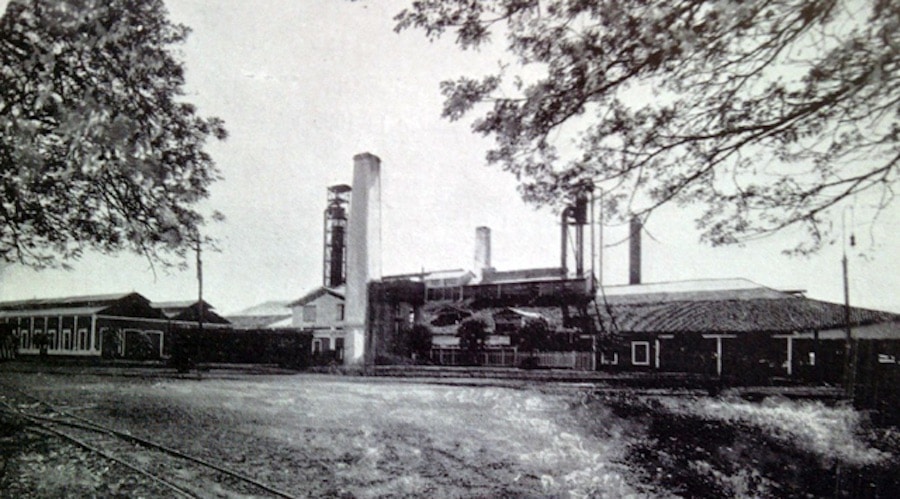This article was translated by John R. Bopp
The presence and influence of the Basques in Cuba, as in the rest of Latin America, has not been large in number (when compared to the total number of immigrants), but it has been quite large from an economic, political, and cultural point of view
We’ve spoken quite a bit about the history of the Basques in the Caribbean. On this occasion, we’re bringing you a study of the economic influence of some of those Basque families in the Cienfuegos region.
Thanks to the work of Hernández Martínez, Y. S., Hernández García, M., García Sánchez, S., & García Rodríguez, A., who’s published in the Universidad & Sociedad magazine at the University of Cienfuegos, we can get to know that part of our history and that of Cuba.
This work of interest to Cubans and Basques is introduced thusly:
We’ll leave you with a .pdf and a link to read the whole article.
Universidad & Sociedad – 4/2019 – Cuba
La élite vasco-navarra y su contribución socioeconómica en la región de Cienfuegos, Cuba (1880-1920)
Un trabajo de gran interés para cubanos y vascos y que se presenta así:
La inmigración vasco-navarra no constituye, en ninguna de las etapas del movimiento inmigratorio español a la Isla, un grupo predominante desde el punto de vista cuantitativo.
(Follow)
[gview file=”https://aboutbasquecountry.eus/wp-content/uploads/2019/05/La-elite-vasco-navarra-y-su-contribucion-socioeconomica-en-la-region-de-Cienfuegos-Cuba.pdf”]


Last Updated on Dec 20, 2020 by About Basque Country




























